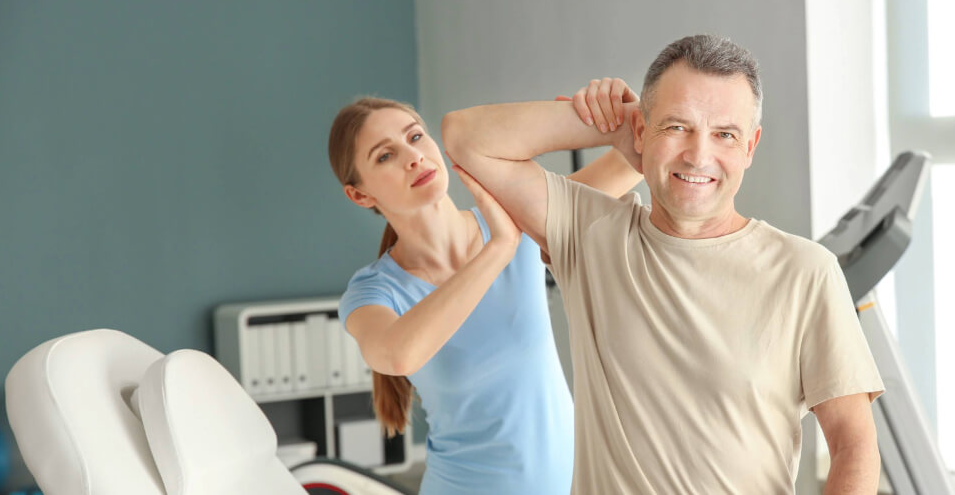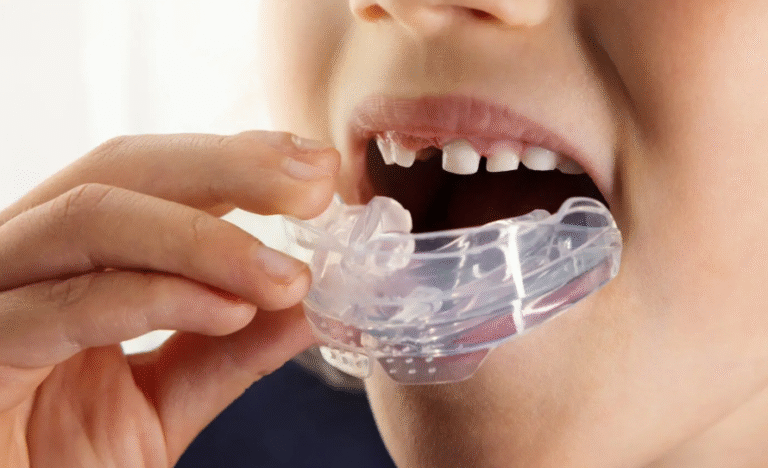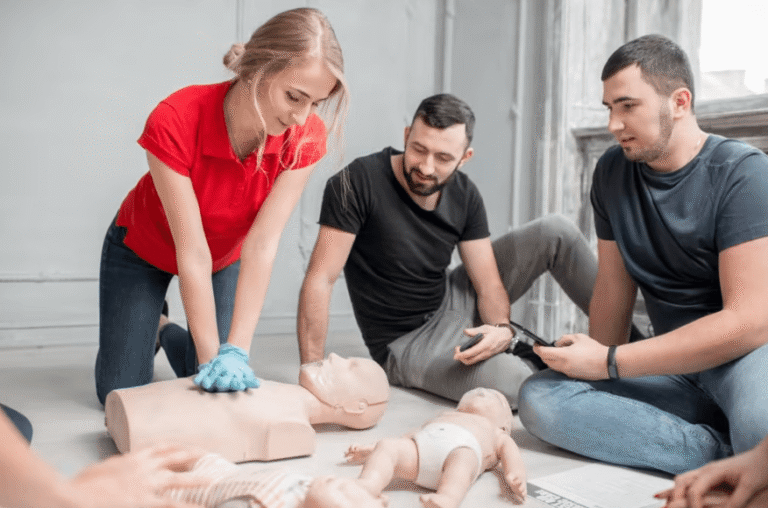Staying Ahead of the Game: How Rolfing and Massage Therapy Support Injury Prevention
Athletes at every level share a common goal of performing at their best while minimizing the risk of setbacks. In Tampa Bay, athletes are increasingly turning to proactive therapies to maintain balance, reduce strain, and enhance recovery. Among these, Rolfing and massage therapy have emerged as effective methods not only for rehabilitation but also for preventing injuries before they occur. By keeping the body in proper alignment and promoting functional movement, these therapies serve as integral components of a comprehensive training program.
The Role of Alignment in Athletic Performance
Athletic performance depends on the efficiency of the body’s structure. When muscles, joints, and connective tissues operate in harmony, athletes move with greater ease and strength. Misalignments, however, can lead to uneven stress on joints or muscles, creating opportunities for injury. Rolfing, a technique that focuses on reorganizing connective tissue known as fascia, addresses these structural imbalances. By restoring proper alignment, athletes are able to move more efficiently, distribute weight evenly, and minimize the strain that contributes to overuse injuries.
Massage therapy complements this approach by easing muscle tension and supporting healthy circulation. Regular sessions keep tissues pliable, reduce adhesions, and promote the flexibility that is essential for high-level performance.
Preventing Overuse Injuries Through Proactive Care
One of the greatest challenges athletes face is overuse injuries. These occur when repetitive movements place consistent strain on the same muscle groups or joints. Examples include tendonitis, stress fractures, or muscle strains that develop gradually over time. While training schedules and athletic demands cannot always be reduced, proactive care through Rolfing and massage therapy can significantly lower the risk of such injuries.
Rolfing sessions work to correct patterns of imbalance that make certain areas more vulnerable. Massage therapy supports recovery between workouts by encouraging circulation that delivers oxygen and nutrients to fatigued muscles. Together, these therapies reduce inflammation, promote healing, and create conditions that discourage chronic injury.
Enhancing Flexibility and Range of Motion
Flexibility is a cornerstone of athletic resilience. Tight or restricted muscles limit range of motion, placing strain on surrounding joints and increasing the likelihood of injury. Massage therapy excels at improving flexibility by releasing tension in muscle fibers and elongating connective tissues. Rolfing takes this further by creating structural changes that support long-term improvements in posture and mobility.
Athletes who maintain flexibility through regular therapy experience smoother movements and less resistance during training and competition. This proactive focus on mobility prevents injury and enhances performance by allowing athletes to move with greater fluidity and control.
See also: Designing Ergonomic Workstations for Health and Productivity
Supporting Mental and Physical Recovery
Athletic preparation is not purely physical. Stress, fatigue, and anxiety also impact performance and injury risk. Massage therapy offers relaxation benefits that calm the nervous system and promote restorative sleep. Rolfing, though more structural in nature, often leaves athletes feeling more grounded and balanced. By addressing both the mental and physical demands of sport, these therapies help athletes recover more fully between training sessions, leaving them better prepared for upcoming challenges.
Integrating Therapy Into a Training Regimen
The greatest benefits of Rolfing and massage therapy occur when they are integrated consistently into an athlete’s training regimen rather than used only after injury strikes. A regular schedule of sessions allows athletes to maintain alignment, manage muscle tension, and recover with efficiency. Coaches and trainers increasingly recognize that injury prevention strategies must be as deliberate as strength or conditioning exercises. By incorporating Rolfing and massage therapy into ongoing training, athletes create a strong foundation that sustains performance across seasons.
In Tampa Bay, athletes seeking to safeguard their health and maximize performance are finding that proactive therapies make all the difference. Rolfing and massage therapy not only aid in recovery but also play a decisive role in preventing injuries through alignment, flexibility, and balanced movement. For those who wish to incorporate these methods into their training and enjoy the benefits of professional care, Williams Rolfing offers specialized expertise designed to keep the body performing at its best.






